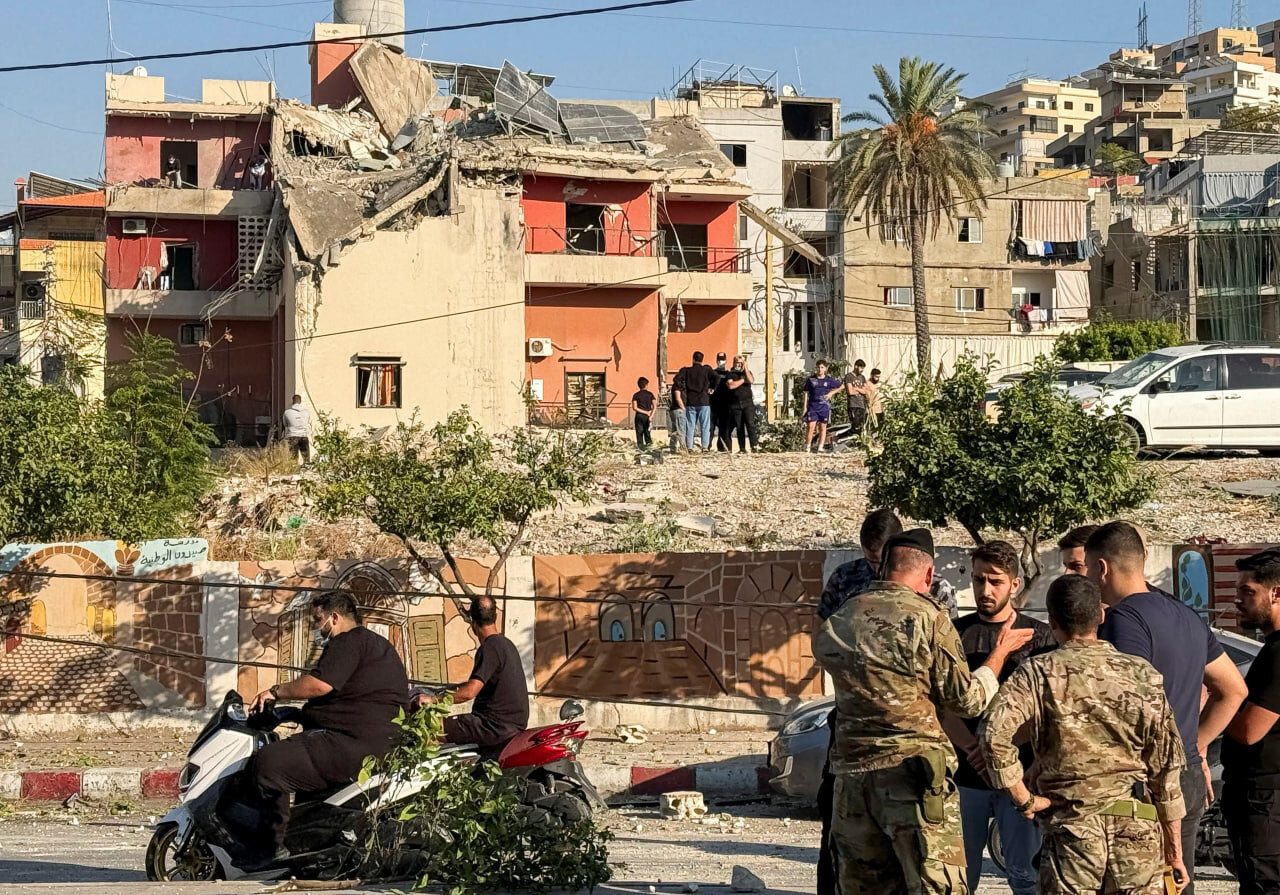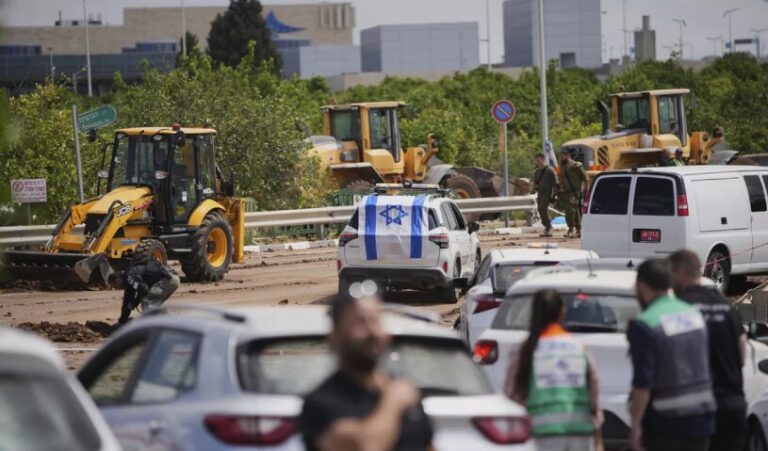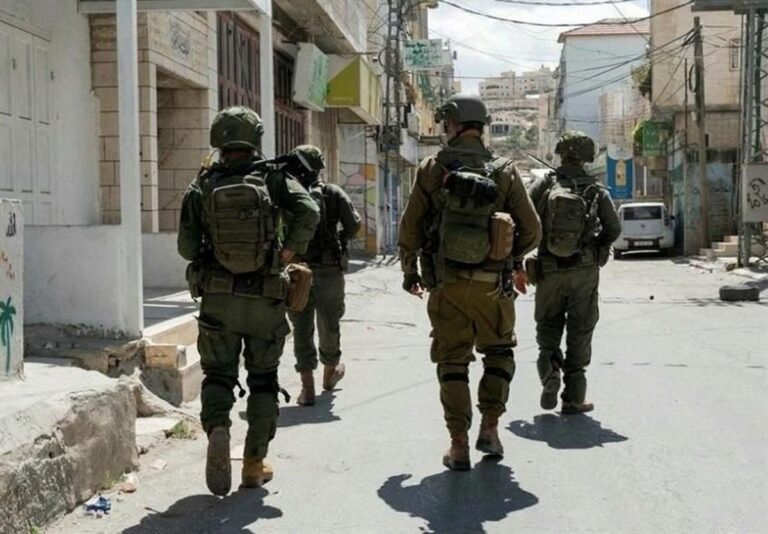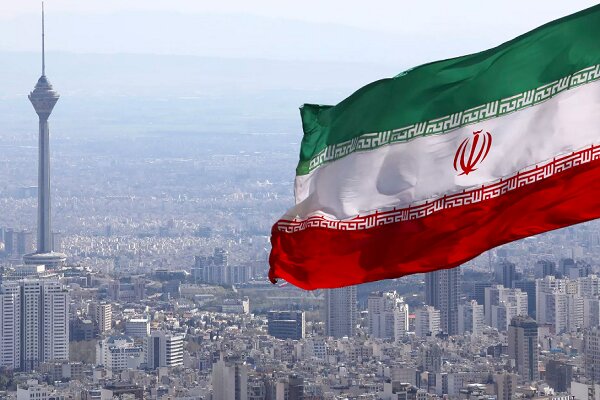How Civilian Resistance Led to Israel’s Strategic Retreat from Southern Lebanon
In the context of modern warfare, the Israeli withdrawal from southern Lebanon serves as a powerful illustration of how unarmed civilian movements can challenge entrenched military occupations. This situation highlights the profound impact that grassroots campaigns can have, ultimately transforming the dynamics of conflict.
Despite a U.S.-brokered ceasefire agreement that required Israeli forces to withdraw from southern Lebanon by January 26, 2025, compliance was far from achieved. Instead, Israeli troops maintained a presence in multiple villages, igniting frustration among displaced residents. This frustration led to organized protests, where residents sought to reclaim their homes.
On January 26–27, the situation escalated dramatically when Israeli troops killed 24 protesters and injured over 130, resulting in widespread international condemnation. Key events unfolded as follows:
- Mass protests erupted across southern Lebanon as displaced residents attempted to return to their villages.
- Israeli forces responded to these protests with live ammunition, leading to further casualties, including two fatalities and 17 injuries on January 27 alone.
- Villages such as Odaisseh and Aitaroun became focal points for these demonstrations, where civilians faced gunfire and roadblocks.
Organizations like Hezbollah framed the protests as a form of defiance against Israeli occupation, while civilians expressed their resilience. Activist Mona Bazzi stated, “Bullets don’t scare us.” This grassroots movement underscored a significant demand for sovereignty and self-determination, despite Israel’s assertions that Hezbollah was inciting unrest.
Israel’s steadfast refusal to adhere to withdrawal deadlines became a common narrative, driven by its belief that military strength and geopolitical strategies would ultimately prevail. Even amid international pressure, Israeli leaders maintained that any withdrawal would only occur under “secure conditions,” effectively placing control over the timeline in their hands. This stance highlighted a fundamental miscalculation regarding the will of the Lebanese civilian population.
On January 26th, a remarkable civilian movement emerged. Displaced families began organizing mass marches, demanding their right to return home. These protests, while unarmed, held significant symbolic weight. Thousands of Lebanese civilians gathered in the occupied zone, challenging Israel’s narrative of control.
This movement represented a revolutionary approach. Unlike traditional military tactics, which Israel was prepared to counter, these civilian marches operated outside the conventional framework of warfare. They wielded visibility as a weapon, exposing the moral failures of the occupation and undermining Israel’s justifications for remaining in the region.
The infrastructure of the occupation—checkpoints and fortifications—began to crumble not through military might but through the collective will of the people. Israel’s miscalculation stemmed from its narrow focus on military threats and guerrilla warfare. While anticipating Hezbollah’s tactics, Israel underestimated the potential of civilian mobilization.
In modern warfare, states often rely on predictive models to assess an adversary’s capabilities and plan responses. Israel adapted its strategies in response to guerrilla strikes from Hezbollah, but it was ill-prepared for the civilian marches that blurred the lines between violence and passivity. This form of resistance emphasized presence over weapons, complicating Israel’s military response.
For an occupying force, civilian noncompliance presents a daunting challenge. It undermines legitimacy, complicates counterinsurgency efforts, and attracts global scrutiny. As Lebanese civilians returned en masse, they transformed the occupied territories from a mere security zone into a complex moral and logistical dilemma for Israel. The occupation could not justify firing upon unarmed crowds without risking severe international backlash.
The withdrawal from Lebanon signifies a profound shift in conflict dynamics, emphasizing the importance of psychological and informational aspects. In contemporary warfare, victories are often achieved not through sheer material dominance but by outmaneuvering the adversary cognitively. Israel’s occupation relied heavily on a rigid playbook that included deterrence through force and diplomatic stalling, but the resistance movement rewrote this narrative.
Key lessons from the Israeli withdrawal include:
- **Civilian agency can significantly influence the course of conflicts**: Even against materially superior adversaries, grassroots movements can reshape the narrative and trajectory of wars.
- **Limits of conventional military logic**: The experience in southern Lebanon reveals the shortcomings of traditional military strategies when facing unpredictable civilian resistance.
- **Visibility over violence**: The Lebanese civilians’ choice to prioritize peaceful demonstrations over armed conflict led to unprecedented outcomes, showcasing the power of collective action.
This episode reinforces the idea that modern conflicts are as much about perception as they are about force. To succeed, resistance movements must innovate not only tactically but also psychologically, developing strategies that challenge adversaries’ expectations. The persistent refusal of the Lebanese people to surrender their right to return ultimately became a pivotal factor in undermining the occupation, proving that the most effective weapon in warfare can often be the one that remains unseen.






